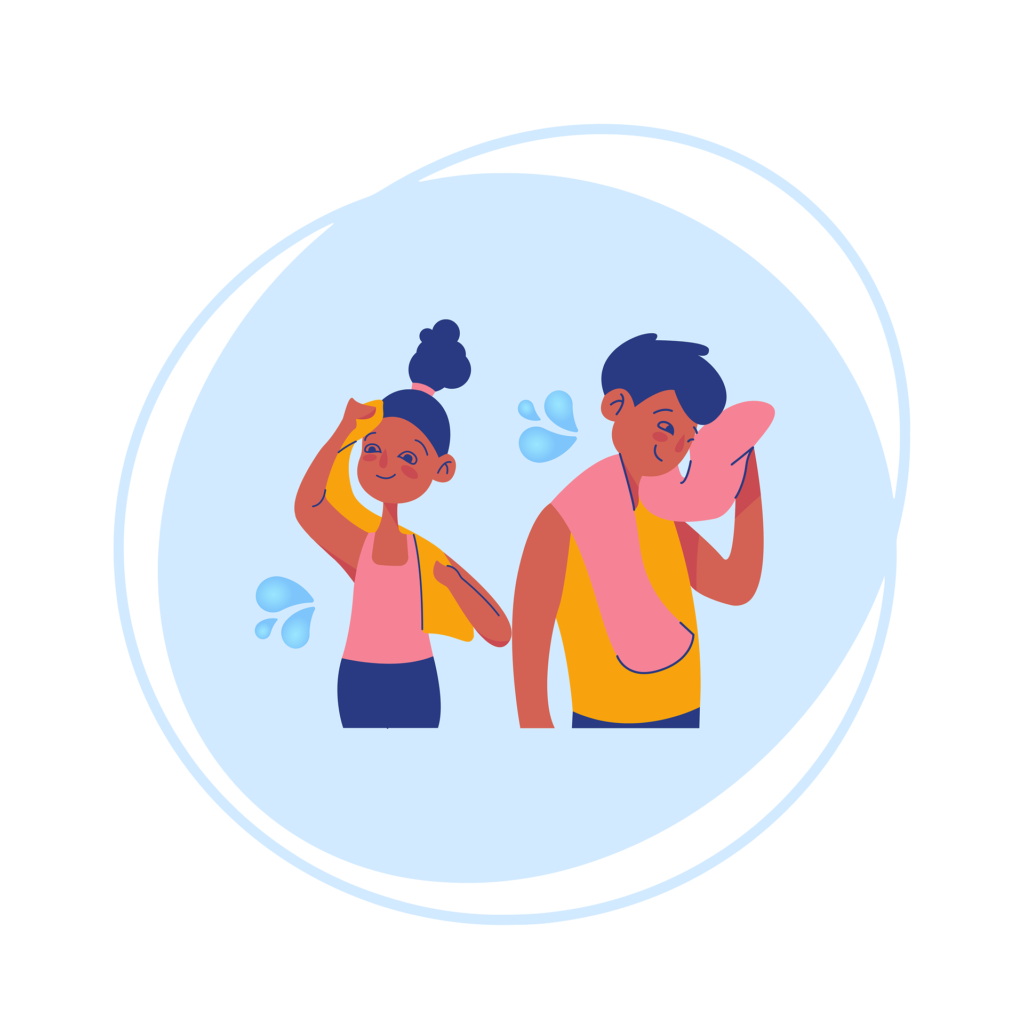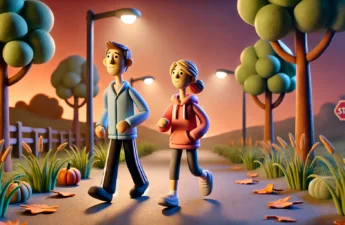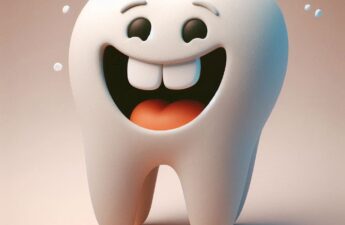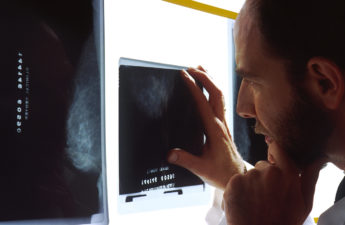Meredith Li-Vollmer, Public Health – Seattle & King County
When it’s hot outside, it can be miserable inside if you don’t have air conditioning or can’t open your windows. These tips can help when it feels like an oven in your home.
How to reduce the heat inside
- Block the sun with shades, open the shades at night. Curtains and shades can keep your home from heating up. But at night, when lights are out and if you don’t need them for privacy, keep the shades open to let the windows release heat.
- Trap heat with closed doors. If one room gets hotter than other parts of the home, close the doors to keep the heat trapped in that room.
- Turn off the lights. Lights generate heat. Only keep on the lights you really need.
- Limit your electronics use. Home electronics heat up the home, so turn off electronics you aren’t using. Reduce the time you spend using computers, video games, TVs, and other electronics.
- Use your oven or stove less. Cooking with heat increases the temperature inside your home.
- Put a bowl of ice under a fan. The fan can circulate air cooled by the ice.
- Hang blankets over windows. You can use painters tape to keep them up and block out the heat.

How to cool your body
- Slowly drink cool beverages. When it’s hot, make sure to drink lots of fluids, even if you’re not thirsty. Avoid alcoholic or caffeinated beverages because they can increase dehydration. Sports drinks can help replace salts and minerals if you’ve sweating a lot.
- Take a cool shower. Note: avoid extreme temperature changes if you have just been outside in hot temperatures. Too much of a temperature change can lead to hypothermia, especially in elderly adults or very young children.
- Wear a wet scarf, bandana, or shirt. If you need to cool your body temperature, this tip works quickly.
- Eat light meals. Avoid hot and heavy meals—they will add heat to your body.
- Stay on the lowest floor. If you are in a multi-story unit, the lowest level will stay the coolest.
Watch for heat exhaustion and heat stroke
Pay attention to how you’re feeling, especially if your home doesn’t cool down. Signs of heat exhaustion are muscle cramps, dizziness or weakness, headache, or nausea. If someone in your home has these signs, move them to a cooler location, have them rest with their feet up, and give them a cool beverage to sip slowly. Get medical attention immediately if they do not feel better.
Heat exhaustion can lead to heat stroke if not treated immediately. Heat stroke is very serious and can be deadly. Symptoms of heat stroke include:
- An extremely high body temperature (above 103°F)
- Red, hot, and dry skin
- Rapid, strong pulse
- Nausea, confusion and unconsciousness
If someone shows signs of heat stroke, call 9-1-1 and move them to a cooler place immediately.
More information for hot weather: kingcounty.gov/beattheheat
For updates during hot weather, including locations of cooling centers in King County: KCEmergency.com
Originally posted on July 26, 2022.


